But the city has some wonderful experiences that are not widely known, due to accessibility issues or simply because they have been forgotten.
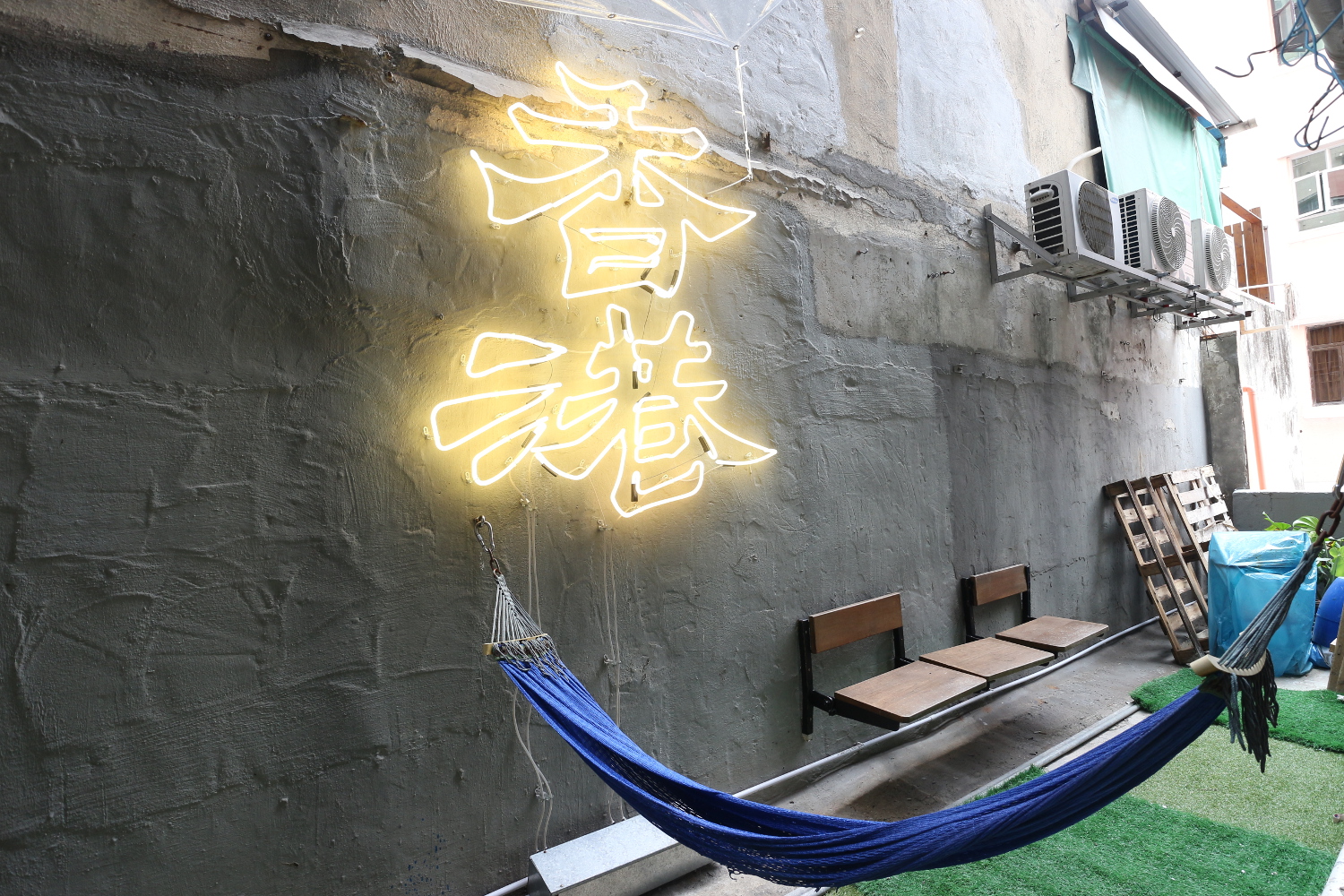
If you're looking to get under the skin of this Asian metropolis, here are a few of our favourite Hong Kong secrets.
Hands-down one of Hong Kong’s most stunningly beautiful places but relatively unknown to visitors, Saikung’s hexagonal volcanic rock columns are part of the UNESCO-recognised Hong Kong Global Geopark , which features spectacular rock formations (volcanic and sedimentary) from 140 to 400 million years ago. The most geologically impressive of the volcanic gems can only be viewed from a boat, so the best way to see them is to join a boat tour or hire your own vessel.
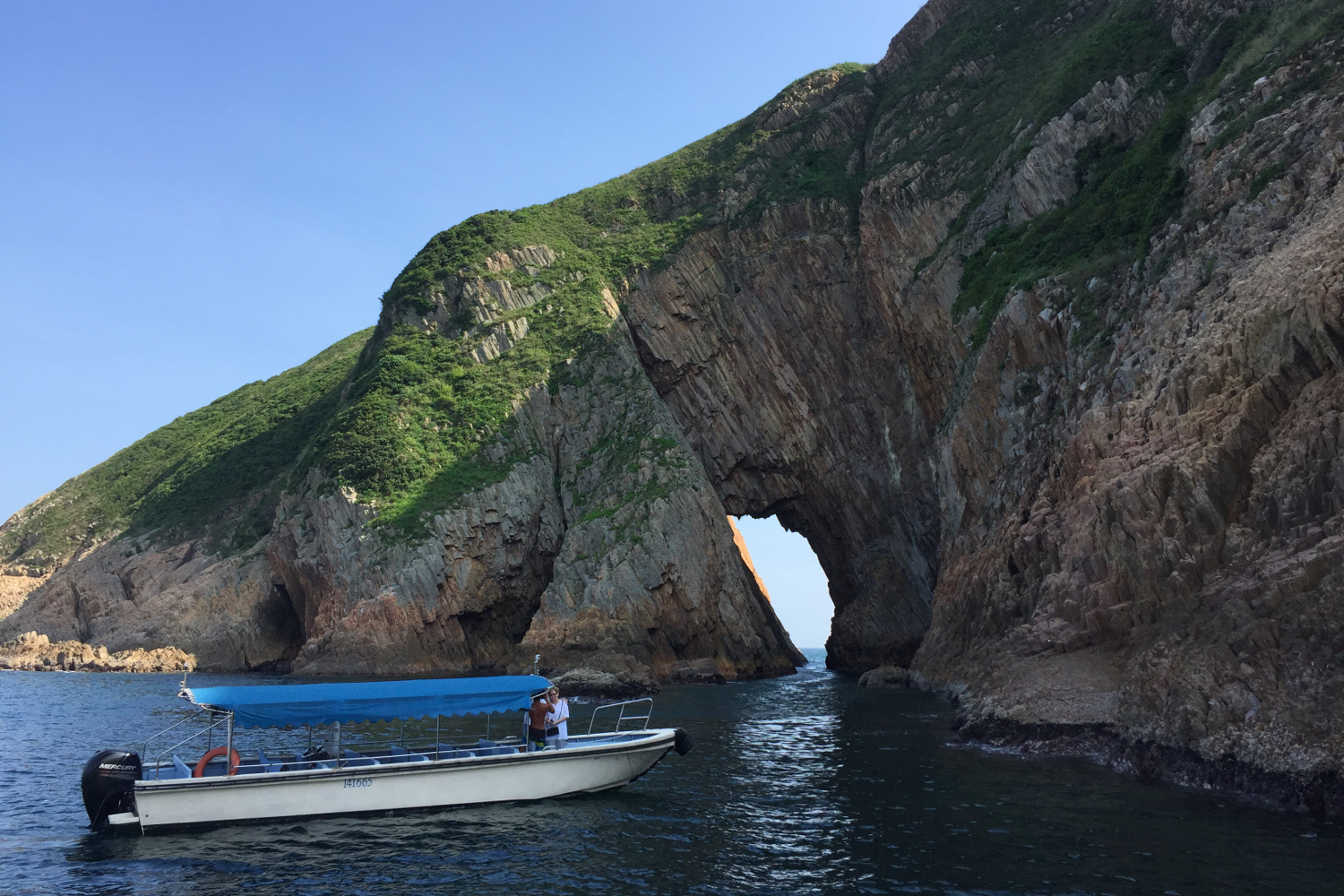
Tours last about three hours and let you see, at reasonably close range, a variety of sea- and wind-sculpted marvels – massive sea stacks, precipitous rock cliffs, secluded bays, sea arches, sea caves. And imposed upon on these geological features are rock columns with a honeycomb-shaped cross-section – lined up in tilting clusters like fingers pointing at the sky, covering an entire rock face like the pipes of a giant organ, or eclectically arranged like a metaphor for urban Hong Kong. The acidic, silica-rich rocks are a luminous yellow, which makes for stunning photos against the blue of the sea and the sky. The colour is also geologically unique ?– most similar formations in the world are dark gray basaltic lava.
The tour takes place inside what was once a super volcano of over 20km in diameter. The hexagonal columns are in fact lava and volcanic ash that cooled and contracted after violent eruptions during the Cretaceous Period. The walls of the hollowed-out volcano collapsed, leaving a vast depression called a caldera. Rising sea levels and erosion complete the job.
The Recommended Geopark Guide System has tour recommendations.
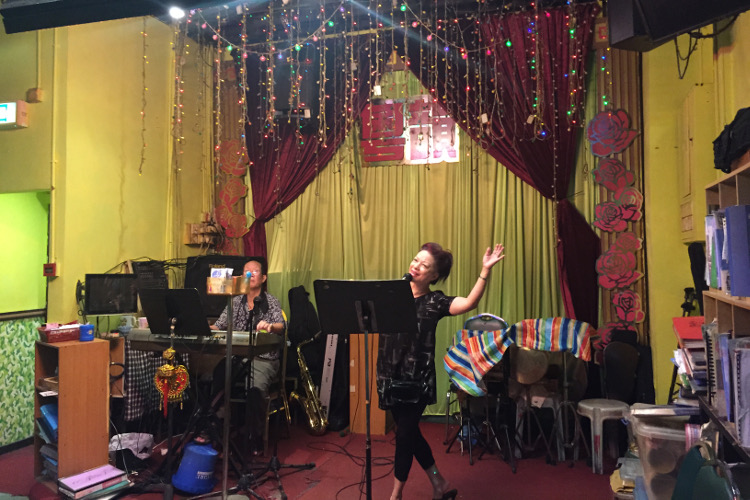
In Yau Ma Tei, you may see ‘restaurants’ with faded glamour portraits of women plastered near their entrances. These are singalong parlours. Yau Ma Tei, an area once known for its nightclubs and mahjong parlours, was where budding artists sang street opera before busking was in vogue. In the 70s and 80s, sheltered venues with a stage and showers of Christmas lights came into being so that performances would not be hampered by rain. A handful still exist, tired but otherwise unchanged, offering a taste of grassroots entertainment from an era past. Every parlour has an organist and a troupe of singers who can take on anything from Cantonese opera to The Carpenters.
The HK$20 admission fee buys you tea and some peanuts. Customers are encouraged to belt it out for a ‘tip’ (HK$50-100 per song) or make a song request (HK$50). Most of the patrons are regulars – eccentric types from the neighbourhood; old men with whisky flasks who know all the dames. While the ladies may appear zealous at times, remember that only 60% to 80% of the ‘tips’ goes into their pockets. So even if you’re just there to people-watch, do consider tipping every few songs (min HK$20 per patron); just place your money in the box near the stage. Parlours have afternoon sessions, but after 9pm is when the action heats up. As these places don’t provide food, you’re welcome to order delivery and buy drinks from convenience stores nearby.
Try Canton Singing House?on Temple St and the cheaper but shabbier Jyut Wan Go Zo?next door.
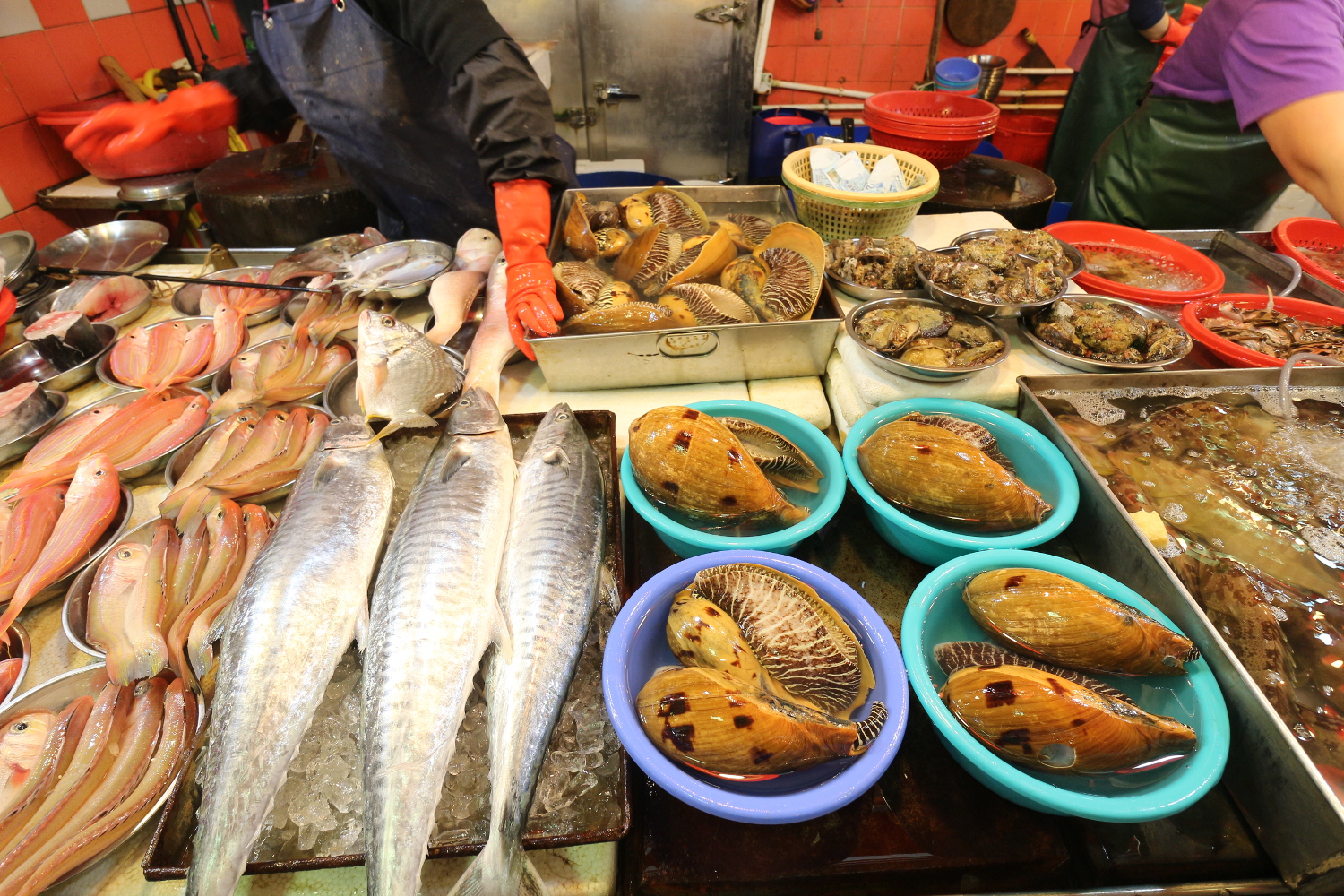
Overlooking the Aberdeen Typhoon Shelter, the sprawling Ap Lei Chau Cooked Food Centre is one of Hong Kong’s most unique hawker-style daipaidong?(open-air food stalls). Ap Lei Chau island and nearby fishing port Aberdeen are home to Hong Kong’s largest population of Tanka fishermen and their descendants, a group that lived on boats until the 1980s. Because of this, the wet market just below the food court sells a dazzling variety of seafood, including jewels you wouldn’t find anywhere else in town, such as wild yellow croaker and goose barnacles. A fun thing to do is to buy your fruits-of-the-sea downstairs and pay one of the operators to cook them for you the way you want. Pak Kee (2555 2984) and Chu Kee (2555 2052) are open for dinner. Prices are much cheaper than at seafood hubs like Saikung and Lamma Island, but still, be sure you know how much you’re paying before your fish slides into the wok.
The modest venue is also a Who’s Who of dragonboating. In the evenings, when the locals gather here for cheap beer and cheerful banter after their dragonboat practice, you may find yourself sitting next to some of the world’s top teams. Mind you, it’s noisy – fishermen are not known to whisper.
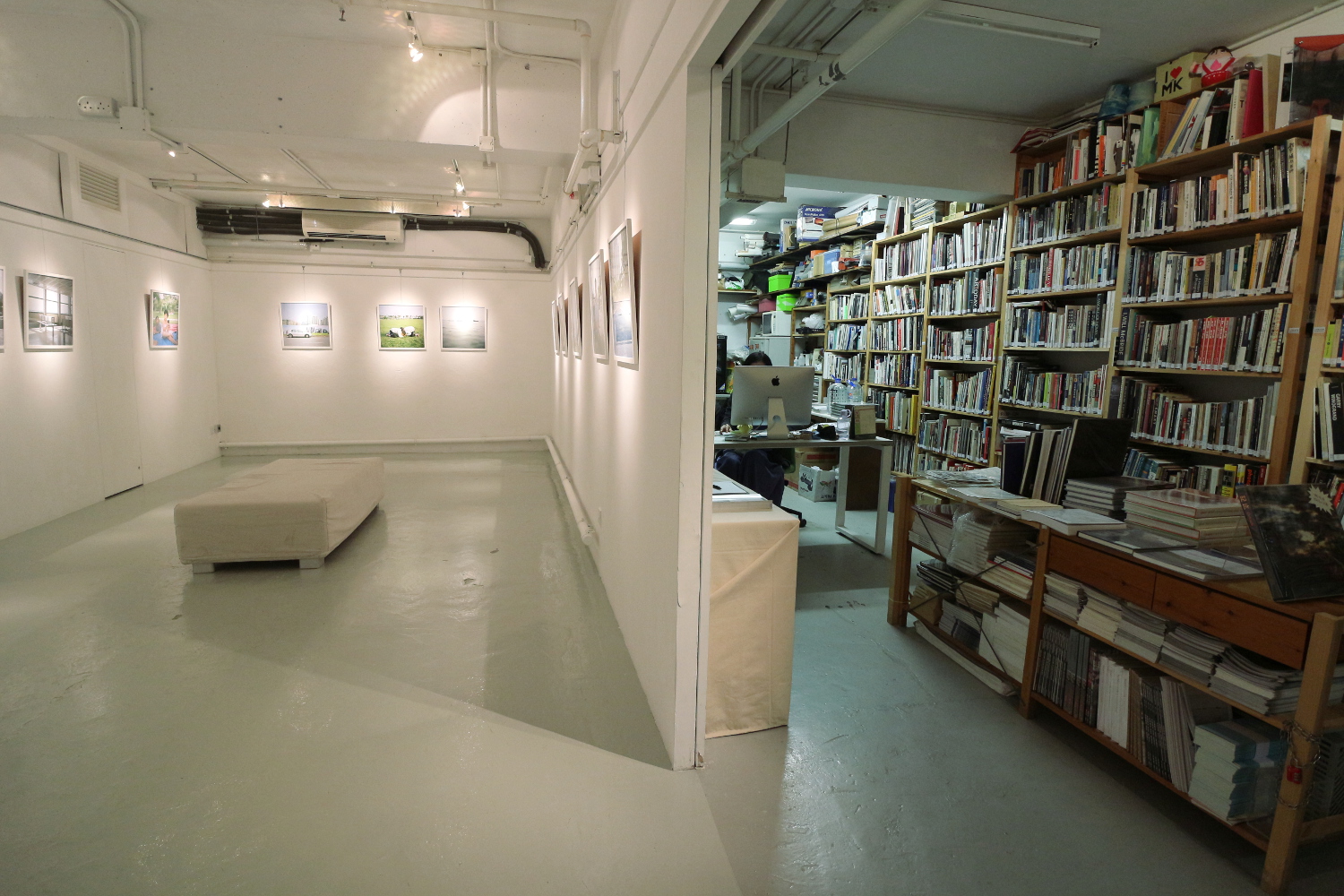
A city like Hong Kong, with its complex textures – juxtapositions of substance and emptiness, light and shadow – can produce riveting photography. And it has; there are enough excellent, internationally competitive Hong Kong photographers to fill a museum. Award-winning master street photographer Fan Ho (1937 - ) is known for the stunning cinematic quality of his works. Nancy Sheung (1914-79) had a strong eye for space and form and a preference for female subjects. Emerging art photographer Gavin Au (1982 - ) makes socio-political commentary through provocative art.
There are regular exhibitions of Hong Kong photographers’ works at Lumen Visum , while AO Vertical Art Space , Blindspot Gallery?and La Galerie feature Hong Kong and other Asian photographers. The Hong Kong International Photo Festival is held from August to November every two years, with a month-long version taking place in the in-between year, usually in November.
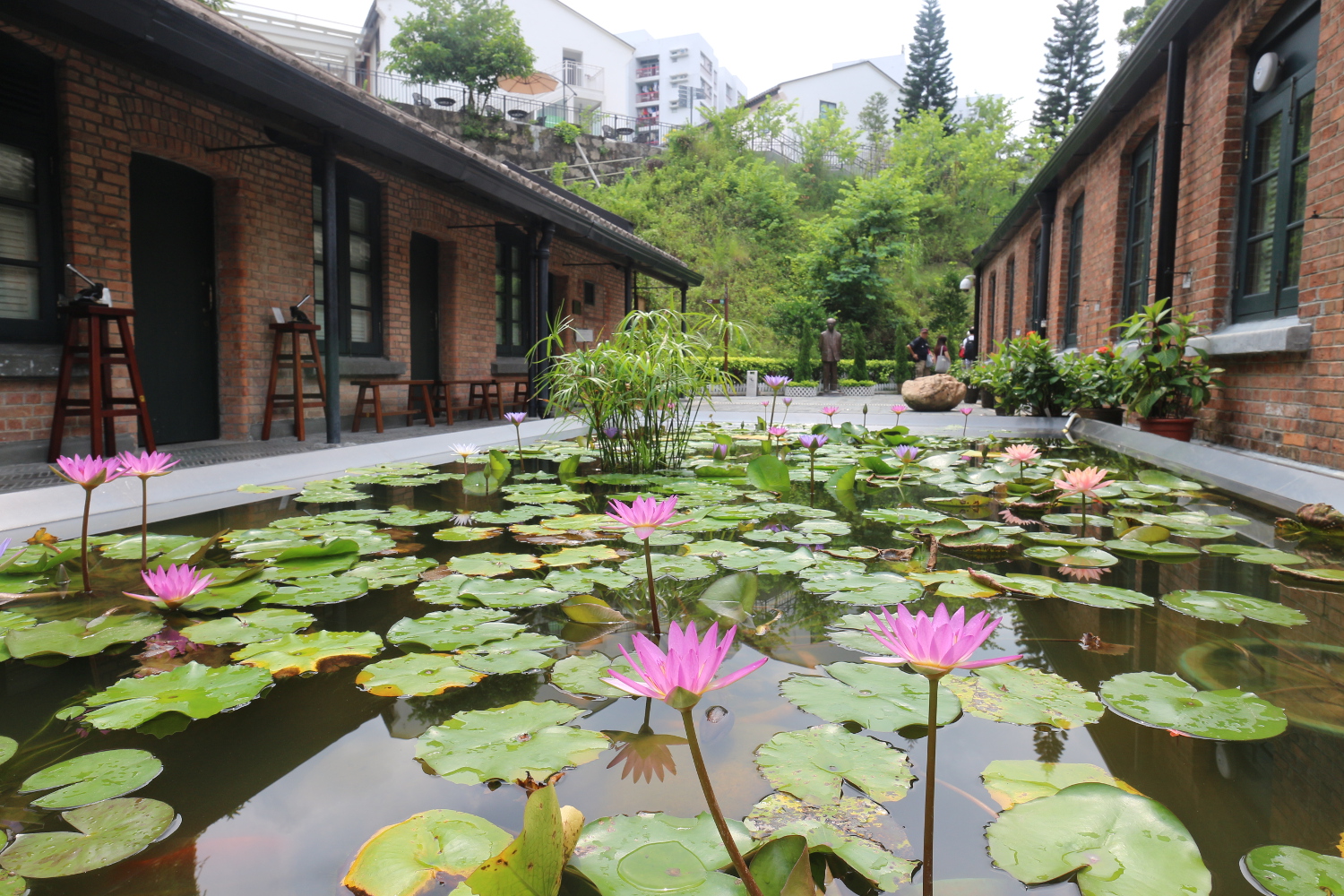
If you want to live among fruit trees and history, Heritage Lodge, located on a leafy hillside, might fit the bill. Alongside picturesque Jao Tsung-I Academy , with its galleries and lily pond, the hostel occupies a site that once housed temporary quarters for mainland Chinese coolies on their way to British-owned gold and diamond mines in South Africa. Later it became a prison, and subsequently, a hospital for infectious diseases and mental illness. The lovely Victorian-era brick buildings have pitched roofs and a clever mix of European and Chinese architectural styles; all guestrooms feature ancient China-inspired decor under the themes of music, chess, poetry, calligraphy and painting. The site is named after literary giant Jao Tsung-I.
Even more affordable than Heritage Lodge and very different is hip playground Wontonmeen?– the place to go if you’re a design-oriented backpacker looking to mingle with like-minded folks and laser-cut your own wallet. Aside from spacious dormitories, Wontonmeen has a small cafe and shop with street frontage, and a living room tastefully cluttered with cinema seats, movie posters and other retro Hong Kong paraphernalia. Wontonmeen also runs movie screenings and tours of the neighbourhood. For those brave enough to take on the urban traffic, there are bicycles for hire too.